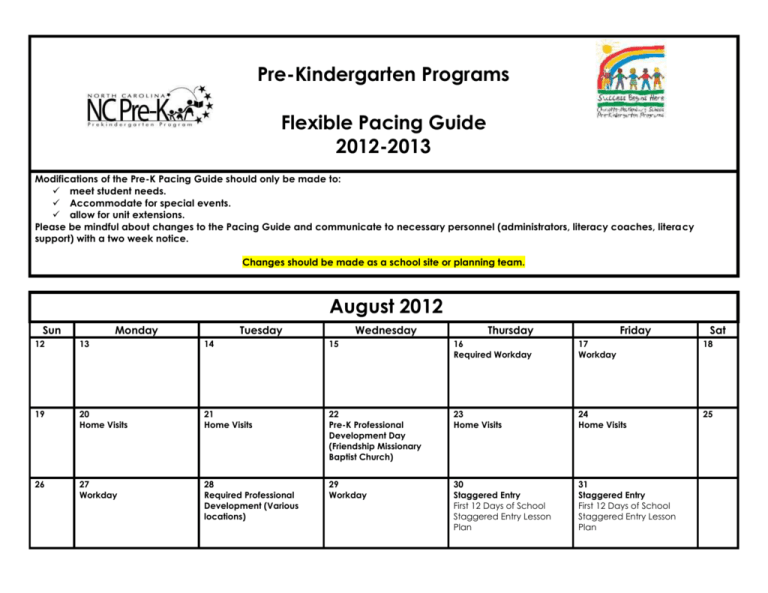Flexible Pacing: A Key Element of Alternative Schooling and Education
Alternative schooling and education have become increasingly popular in recent years as more parents seek non-traditional options for their children’s education. One key element of alternative schooling is flexible pacing, which allows students to learn at their own pace and move through material based on individual mastery rather than a predetermined timeline.
Flexible pacing recognizes that every student learns differently and at different rates. In traditional schools, all students are expected to move through the same curriculum at the same pace, regardless of their individual strengths, weaknesses, or interests. This approach can leave some students feeling frustrated or bored when they’re not challenged enough; others may struggle to keep up with the pace set by the class.
In contrast, flexible pacing allows each student to work at a comfortable speed without feeling rushed or held back by classmates. It also encourages deeper learning because students can take the time they need to fully understand complex concepts before moving on.
Flexible pacing does not mean that there are no deadlines or expectations for completing assignments or mastering certain skills. Rather, it means that these deadlines are more fluid and can be adjusted based on individual needs. For example, a student who struggles with reading comprehension may need extra time to master those skills before moving onto other subjects.
One advantage of flexible pacing is that it helps reduce stress and anxiety in both students and teachers. Students who feel like they’re falling behind may experience high levels of stress trying to catch up while teachers may feel pressured to cover all content within a tight timeline leading them towards burnout. With flexible pacing, everyone has room for creativity in learning which helps foster growth mindsets where mistakes are embraced as opportunities for growth.
Another benefit of this approach is increased engagement among learners since they get an opportunity to enjoy what they’re studying thereby fostering lifelong curiosity about knowledge acquisition. When lessons are tailored according to individual preferences – incorporating personal interests – learners stay motivated throughout their learning journey.
Flexible pacing is not just for students with learning difficulties or those who are struggling academically. Even high-achieving students can benefit from this approach as they have the chance to delve deeper into subjects that interest them, and even take on more challenging coursework at their own pace.
In conclusion, flexible pacing is a critical component of alternative schooling and education, allowing each student to learn at their own pace rather than being forced into a one-size-fits-all approach. This strategy promotes deeper understanding, reduces stress and anxiety among both students and teachers, encourages engagement in learning while fostering growth mindsets. It’s an approach that creates an environment where learners feel valued by tailoring lessons according to individual preferences thereby creating lifelong curious minds.

Leave a comment